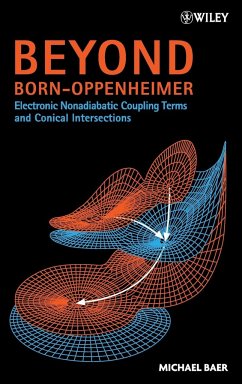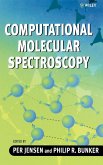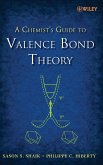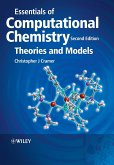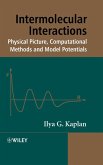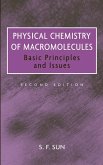Calculations in spectroscopy and molecular dynamics often rely on an approximation (Born-Oppenheimer) that too often leads to unreliable results. This book addresses this deficiency by reconsidering, both analytically and numerically, the non-adiabatic coupling term and the resulting equation of motion, bringing to the reader a deeper understanding of non-adiabatic transitions in molecules. This is the first book to cover the topic in this manner.
INTRODUCING A POWERFUL APPROACH TO DEVELOPING RELIABLE QUANTUM MECHANICAL TREATMENTS OF A LARGE VARIETY OF PROCESSES IN MOLECULAR SYSTEMS.
The Born-Oppenheimer approximation has been fundamental to calculation in molecular spectroscopy and molecular dynamics since the early days of quantum mechanics. This is despite well-established fact that it is often not valid due to conical intersections that give rise to strong nonadiabatic effects caused by singular nonadiabatic coupling terms (NACTs). In Beyond Born-Oppenheimer, Michael Baer, a leading authority on molecular scattering theory and electronic nonadiabatic processes, addresses this deficiency and introduces a rigorous approach--diabatization--for eliminating troublesome NACTs and deriving well-converged equations to treat the interactions within and between molecules.
Concentrating on both the practical and theoretical aspects of electronic nonadiabatic transitions in molecules, Professor Baer uses a simple mathematical language to rigorously eliminate the singular NACTs and enable reliable calculations of spectroscopic and dynamical cross sections. He presents models of varying complexity to illustrate the validity of the theory and explores the significance of the study of NACTs and the relationship between molecular physics and other fields in physics, particularly electrodynamics.
The first book of its king Beyond Born-Oppenheimer:
_ Presents a detailed mathematical framework to treat electronic NACTs and their conical intersections
_ Describes the Born-Oppenheimer treatment, including the concepts of adiabatic and diabatic frameworks
_ Introduces a field-theoretical approach to calculating NACTs, which offers an alternative to time-consuming ab initio procedures
_ Discusses various approximations for treating a large system of diabatic Schrödinger equations
_ Presents numerous exercises with solutions to further clarify the material being discussed
16
eyond Born-Oppenheimer is required reading for physicists, physical chemists, and all researchers involved in the quantum mechanical study of molecular systems.
Hinweis: Dieser Artikel kann nur an eine deutsche Lieferadresse ausgeliefert werden.
INTRODUCING A POWERFUL APPROACH TO DEVELOPING RELIABLE QUANTUM MECHANICAL TREATMENTS OF A LARGE VARIETY OF PROCESSES IN MOLECULAR SYSTEMS.
The Born-Oppenheimer approximation has been fundamental to calculation in molecular spectroscopy and molecular dynamics since the early days of quantum mechanics. This is despite well-established fact that it is often not valid due to conical intersections that give rise to strong nonadiabatic effects caused by singular nonadiabatic coupling terms (NACTs). In Beyond Born-Oppenheimer, Michael Baer, a leading authority on molecular scattering theory and electronic nonadiabatic processes, addresses this deficiency and introduces a rigorous approach--diabatization--for eliminating troublesome NACTs and deriving well-converged equations to treat the interactions within and between molecules.
Concentrating on both the practical and theoretical aspects of electronic nonadiabatic transitions in molecules, Professor Baer uses a simple mathematical language to rigorously eliminate the singular NACTs and enable reliable calculations of spectroscopic and dynamical cross sections. He presents models of varying complexity to illustrate the validity of the theory and explores the significance of the study of NACTs and the relationship between molecular physics and other fields in physics, particularly electrodynamics.
The first book of its king Beyond Born-Oppenheimer:
_ Presents a detailed mathematical framework to treat electronic NACTs and their conical intersections
_ Describes the Born-Oppenheimer treatment, including the concepts of adiabatic and diabatic frameworks
_ Introduces a field-theoretical approach to calculating NACTs, which offers an alternative to time-consuming ab initio procedures
_ Discusses various approximations for treating a large system of diabatic Schrödinger equations
_ Presents numerous exercises with solutions to further clarify the material being discussed
16
eyond Born-Oppenheimer is required reading for physicists, physical chemists, and all researchers involved in the quantum mechanical study of molecular systems.
Hinweis: Dieser Artikel kann nur an eine deutsche Lieferadresse ausgeliefert werden.

